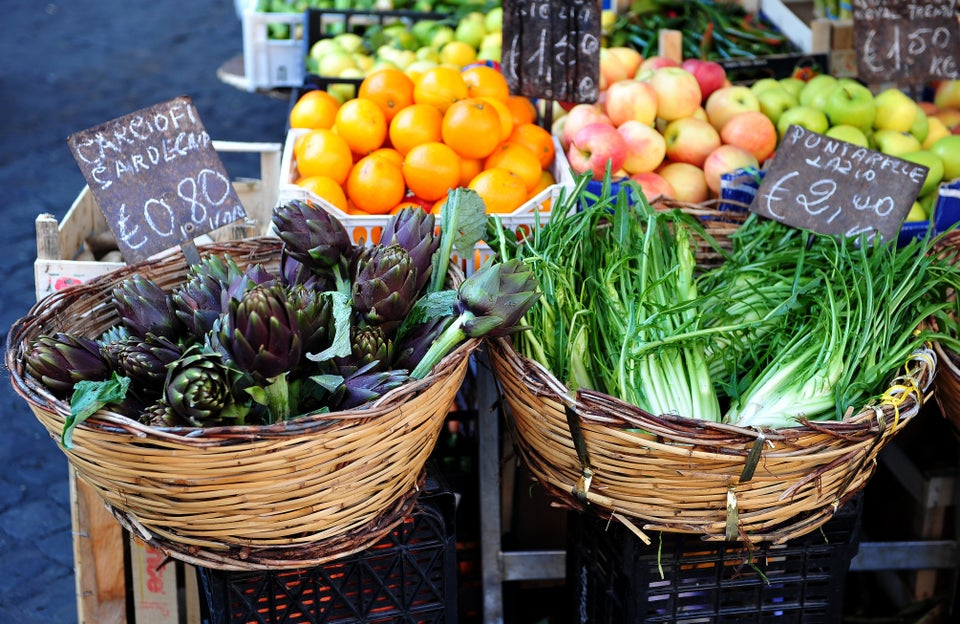
Yogurt has earned itself a reputation as a true health-food superstar. But know this: "Yogurt can turn into junk food really quickly," says Caroline Kaufman, RDN, a nutrition expert in San Francisco and an expert panelist for the Health Must-Eat List. Even if you skip the obvious offenders, like yogurts with crushed cookies or candy toppings, some pile on the sugar and excess calories. With so many choices out there -- since 2010 alone, 671 new yogurt products have hit store shelves -- how can you be sure you're choosing wisely? These guidelines will lead you to the standouts.
Keep it simple.
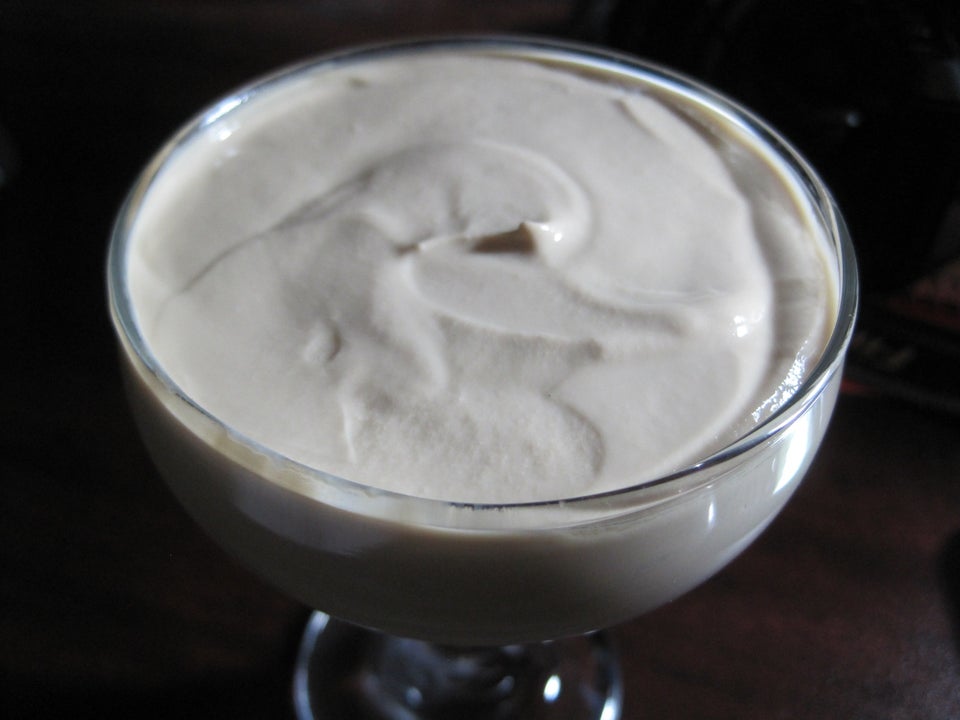
To make yogurt, all that's needed is milk and two live bacterial cultures, Lactobacillus bulgaricus and Streptococcus thermophilus, which turn the milk into yogurt via fermentation. "Beyond that, a few added extras for flavor, like a little sugar or some fruit, are fine," Kaufman says. Steer clear of products that have long lists of ingredients with things you can't pronounce or wouldn't expect to see in yogurt, like hydrogenated oils and artificial sweeteners.
Look for good bugs.
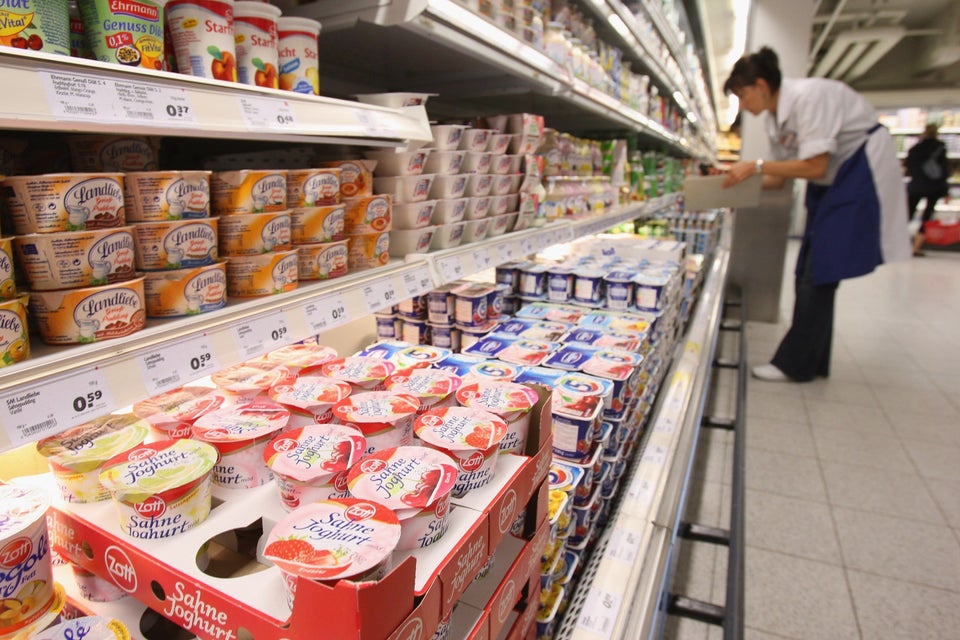
Getty Images
Probiotics -- good bacteria similar to the ones living in your digestive tract -- are yogurt's key ingredient. These beneficial bugs have been shown to help with digestion and gut health. But surprisingly, not all yogurt sold in stores actually contains "live and active cultures," as the bacteria in yogurt are known. Some companies heat-treat yogurt after culturing, which kills off bacteria, both good and bad, to make it more shelf-stable and reduce tartness.
Make calcium count.

AP
Yogurt is a stellar source of bone-building calcium, but the amount can vary from brand to brand. Aim for one that has at least 15 percent of the daily value for calcium; the yogurts on our list contain anywhere from 15 to 35 percent.
Advertisement
Do a sugar check.

Trying to cut back on added sugar? Don't rely only on the number of grams listed on the label. Yogurt has a fair amount of naturally occurring milk sugar, aka lactose (about 9 grams in a 6-ounce container of plain regular yogurt, and about 7 grams in Greek yogurt), and the sugar figure includes both natural and added sugars. Our shortcut: Avoid any product that lists sugar as the first or second ingredient.
Beware of fake fruit.
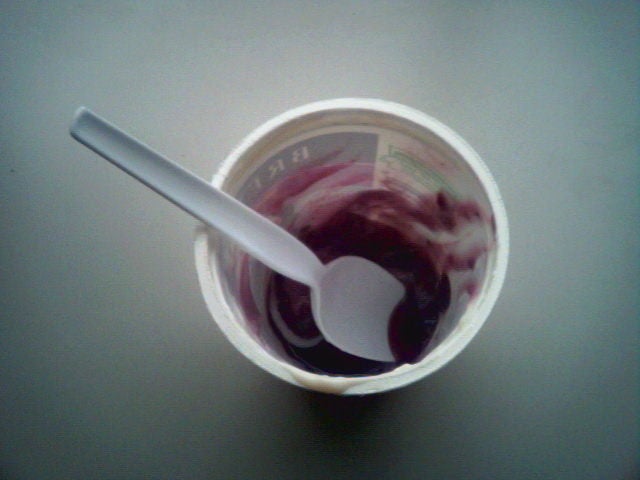
Adding your own fresh fruit to plain yogurt is always a healthy choice. But sometimes you want the convenience of yogurt with fruit already added. Make sure you see actual fruit on the list of ingredients, ideally before any added sugars, Kaufman advises. "Otherwise it probably just contains a mix of sugar and food coloring or vegetable juice," she says.
Don't fear the fat.

Opting for nonfat yogurt can help you keep calories and saturated fat in check. But, Kaufman warns, "nonfat doesn't always mean low in calories. Many nonfat yogurts have a lot of added sugar." Go for a version that gets most of its sweetness from real fruit, or try adding a teaspoon of honey to plain nonfat yogurt.
If you prefer the taste of a higher-fat yogurt, it's OK to move up to 1 or 2 percent. "Some new research indicates that saturated fat in dairy might not be the bad guy we once thought," Kaufman notes. For example, a 2011 study from Brown University found that eating dairy products wasn't linked to heart attack risk, "possibly because there are other protective nutrients in dairy that balance out the effects of saturated fat," she says. You can even go for full-fat if you have the cals to spare; just make it your saturated-fat splurge of the day.
If you prefer the taste of a higher-fat yogurt, it's OK to move up to 1 or 2 percent. "Some new research indicates that saturated fat in dairy might not be the bad guy we once thought," Kaufman notes. For example, a 2011 study from Brown University found that eating dairy products wasn't linked to heart attack risk, "possibly because there are other protective nutrients in dairy that balance out the effects of saturated fat," she says. You can even go for full-fat if you have the cals to spare; just make it your saturated-fat splurge of the day.
Advertisement
Read labels carefully.
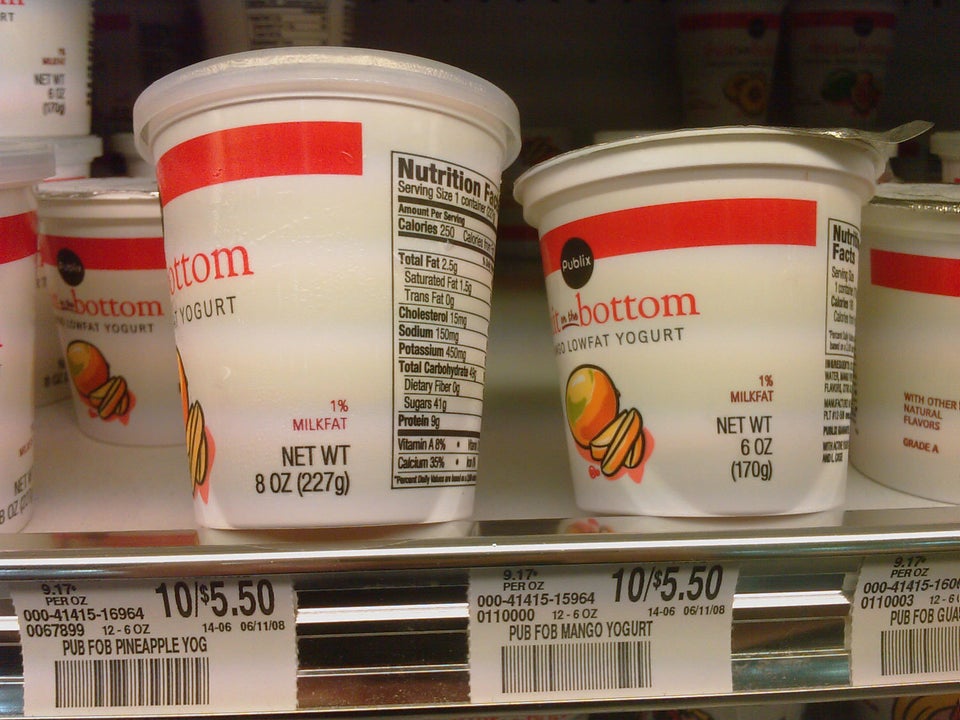
Luckily, it's easy to tell if your yogurt includes probiotics. The National Yogurt Association has created a Live & Active Cultures seal for products that contain significant amounts of L. bulgaricus and S. thermophilus. (These two bacteria, in particular, must be used in order for a product to be called "yogurt," per federal regulations. You might see additional cultures listed, but the research on their health benefits is still emerging; a yogurt that contains more cultures isn't necessarily better for you.) Not every company chooses to carry the seal, so you can also look for "Live and Active Cultures" on the label or L. bulgaricus and S. thermophilus in the ingredient list. If a product has been heat-treated after culturing, the company is required to say so on the label.
More From Health:
What Can You Make With Greek Yogurt?
4 Surprising Health Benefits of Yogurt
The 20 Best Foods to Eat for Breakfast
Advertisement
